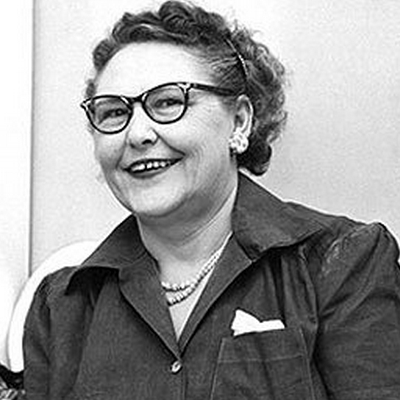
On May 6, 2013, a young man entered Scott Credit Union in Edwardsville, Missouri calmly, though he did not remove his sunglasses or hat as he approached the bank teller. From all accounts, he didn’t appear threatening, just a 20-something, blonde, white male strolling through the bank, but as he approached the teller, things took a dark turn. The young man implied that he was armed and, just like in old movies, slipped the teller a note demanding cash. He took the money, turned on his heel and walked out.
Nine days later, in Crystal City, Missouri, he strikes again. This time at a U.S.Bank. Again, he enters calmly, implies that he his armed -- without ever revealing a weapon -- and escapes with cold hard cash. By mid-August, he’s suspected of robbing 10 banks in five states. Each time, surveillance cameras catch him, clad in plaid with sunglasses on and all-American college boy looks. He’s not so scary.
By September, the FBI is buggin’. They can’t seem to catch this guy, even though they have plenty of footage of him. They fear he’ll strike again and maybe, eventually, use that weapon he keeps claiming to have. So they do what they always do, they give him a nickname (the "I-55 Bandit") and take it to the news .
Clever, because all of his bank robbery targets were along the I-55 corridor, but really kind of silly. Bandit, huh? Sounds tough. Here in the United States, we love assigning nicknames to everything from celebrity couples to weather catastrophes and especially to criminals. Apparently it makes the bad news easier to swallow. Or it gets people to pay attention. Or, I would argue, it makes it easier for us to disassociate ourselves from the “bad guys.”
These nicknames make scary criminals household names. They stick in your brain like old nursery rhymes. They’re difficult to forget, but they help us separate the oftentimes brutal unpleasantness of their crimes from our everyday lives. With their nicknames, these criminals become fantasy, just characters in some kind of wild movie, certainly not productive members of everyday society.



